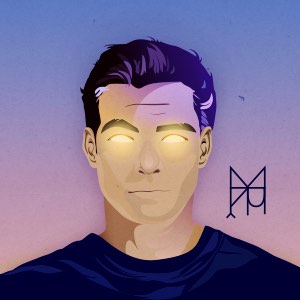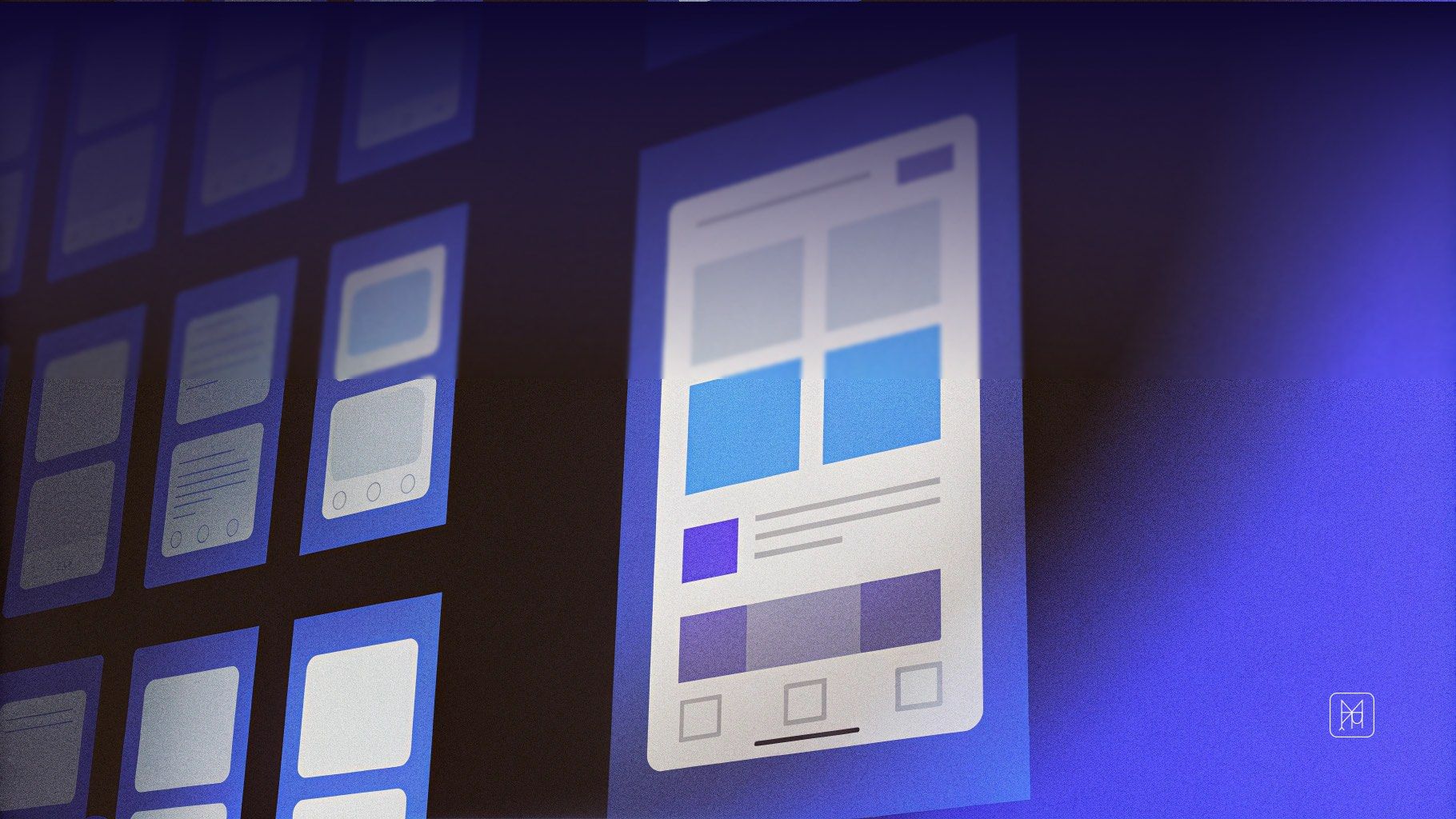How To Design Products That Truly Stand Out


Let me tell you something that might surprise you: the most successful products aren't necessarily the ones with the most features or the biggest budgets. They're the ones that make people feel something from the very first interaction.
That feeling? It's design. And it's constantly making or breaking products in ways most founders don't fully understand until it's too late.
Design Is Your Product's First Impression (And Its Last)
Here's the reality — you could have the most innovative solution in the world, but if your product looks untrustworthy, feels clunky, or doesn't communicate value instantly, users will bounce. Design isn't decoration. It's the bridge between your vision and your users' trust.
Think about the last time you visited a website or opened an app for the first time. Within seconds — literally three to five seconds — you made a judgment. Does this look legitimate? Does it feel modern or outdated? Can I trust this with my information? That snap judgment happens before you've read a single word of copy or tried a single feature.
And it doesn't stop there. Design constantly reinforces (or undermines) your product's value throughout the entire user journey. Every button click, every transition, every micro-interaction is either confirming "yes, this was worth my time" or planting seeds of doubt. When someone completes a task smoothly, they attribute it to your product being good. When they struggle, they blame the product — even if the underlying technology is brilliant.
The products that attract loyal users and build wealth (both culturally and financially) understand this from day one. They know that design is a strategic skill, not just a creative one. They understand that perception shapes reality, and that every visual and interactive choice is making a promise about what kind of experience they deliver.
This is why some products can charge premium prices while competitors with similar features struggle to convert free users. This is why some apps feel like trusted tools while others feel like necessary evils. Design is the difference between "I have to use this" and "I want to use this."
What Linear Teaches Us About Brand-Driven Design
Look at Linear. Their brand isn't just pretty — it screams craft, quality, and authenticity. Every interaction feels intentional. Every detail reinforces their positioning as the tool for serious builders.
There's a wealthy, premium feeling to everything they ship. Not "luxury" in a superficial way, but rich in the sense that every element feels considered, refined, and purposeful. The typography is crisp. The spacing breathes. The animations are smooth but never gratuitous. The color palette is sophisticated and restrained. Even their loading states feel like they were designed by someone who cares.
This premium aesthetic isn't about showing off — it's about signaling value. When a product looks and feels this polished, it tells users "we respect your time and taste." It says "we're not cutting corners anywhere, including the experience." That perception directly impacts how people value the product and what they're willing to pay for it.
That's not an accident. It's the result of treating brand and design as core pillars of the product experience, not as afterthoughts. When your design language is aligned with your values, users don't just use your product — they believe in it.
And here's what most people miss: sales is part of the brand experience too. How you present your product, how you communicate value, how you make people feel when they're deciding whether to buy — that's all design. Landing pages, pricing pages, onboarding flows, support interactions — every touchpoint either builds trust or erodes it.
The Designer Founder Advantage: Why It's a Superpower
I've noticed something about designer-led startups: they tend to ship products that just feel different. More cohesive. More intentional. More human.
Why? Because designers bring unique superpowers to the founder role:
1. They understand that perception is reality. Users judge your product by how it looks and feels, not just what it does.
2. They think in systems. Good designers don't just make screens — they create frameworks that scale as the product grows.
3. They're user-obsessed. They constantly ask "what does this feel like for the person using it?" That empathy becomes a competitive advantage.
4. They know how to make things that attract attention. In a crowded market, standing out isn't optional — it's survival.
But here's the challenge for designers considering starting their own projects: you also need to ship. Fast. Without losing the quality that makes your work special.
Shipping Fast Without Sacrificing Your Standards
This is the tension every designer founder faces. You want your product to be beautiful, thoughtful, and polished. But you also need to get it into users' hands before someone else does.
Here's what I've learned works:
Define your non-negotiables early. What are the 3-5 design principles you absolutely won't compromise? Everything else can be iterated.
Ship the foundation, iterate the details. Get the core experience right, then refine the edges. Perfection is a moving target anyway.
Use constraints as creative fuel. Limited time and resources force you to focus on what truly matters. That's often where the best creative work happens.
Build in public when you can. Getting real feedback early is more valuable than polishing in isolation. Plus, it helps you attract your early community.
The goal isn't to ship perfect work — it's to make something good enough to learn from, then constantly improve it based on real usage.
Finding Your Design Co-Founder: The Founder-Designer Partnership
Now, maybe you're reading this and thinking "I'm not a designer. I'm a technical founder" or "I'm great at business strategy but design isn't my thing." That's completely fine — in fact, it might be your biggest opportunity.
Some of the most successful products come from partnerships where a founder with strong business or technical skills teams up with a designer who can bring the creative vision to life. The key is understanding what makes these partnerships work.
What you bring to the table as a non-designer founder:
- A clear vision for the problem you're solving
- Business acumen and market understanding
- Technical expertise or industry knowledge
- The ability to make things happen and close deals
- Strategic thinking about growth and positioning
What a designer co-founder brings:
- The skills to translate your vision into something people can see and use
- User empathy and the ability to think from a customer's perspective
- Creative problem-solving that differentiates your product
- Brand building that helps you attract and retain users
- Quality standards that make your product feel premium
The magic happens when these skills are aligned. You're not just hiring a designer to make things pretty — you're partnering with someone who thinks differently than you do, who will constantly challenge assumptions about what users need, and who will push for quality even when you're tempted to cut corners.
How to find the right designer to build with:
Look for designers who talk about users, not just pixels. The best design partners are constantly asking "why" and "for whom" before they start making anything.
Find someone who's comfortable with ambiguity. Early-stage products are messy. You need a designer who can thrive in uncertainty, make decisions with incomplete information, and iterate quickly based on feedback.
Seek out designers who understand business constraints. Not every designer wants to think about pricing strategy or go-to-market plans, but the ones who do make incredible co-founders because they see the bigger picture.
Test the creative chemistry. Do some small projects together before committing. See how they handle feedback. See how well you communicate. Partnership is like marriage — compatibility matters more than credentials.
Make them a true partner, not just an employee. Equity, decision-making power, ownership of the design direction — these things matter. The best designers won't join unless they feel like they're building something of their own, not just executing someone else's vision.
When this partnership works, it's powerful. The founder handles the strategy and business execution. The designer shapes the experience and brand. Together, you create something that's both strategically sound and beautifully crafted — the kind of product that stands out in a crowded market.
If You're a Founder: Design Isn't Optional Anymore
Maybe you're not a designer yourself. That's fine. But if you're building a product, you need to care about design from day one — not after you have traction, not after your first funding round, now.
Why? Because design isn't just about making things pretty. It's about:
- Making your product intuitive so users actually get value from it
- Building a brand that stands for something specific
- Creating an experience aligned with your business goals
- Attracting the right customers through thoughtful positioning
Practical tips for creating products that stand out:
Start with clarity. What's the one thing your product does better than anyone else? Your design should make that obvious in seconds.
Invest in your brand early. Not a full rebrand — just clear positioning, a consistent visual language, and a tone that resonates with your audience.
Obsess over the details that matter. Not every pixel needs to be perfect, but the moments that make or break trust? Those need to be flawless.
Build a design system as you grow. Even a simple one. It makes everything faster and more consistent as you scale.
Get comfortable balancing creative freedom with shipping timelines. Set time boxes for design exploration, then commit and move forward.
The AI Shift: What Changes (And What Doesn't)
Let's talk about the elephant in the room: AI is changing how we work. Tools are getting smarter. Workflows are accelerating. And yes, some tasks that used to require designer skills can now be automated.
But here's what AI won't replace: taste, strategy, and understanding what makes people tick.
AI can generate variations. It can't decide which variation serves your users and business goals best. AI can create interfaces. It can't shape a brand identity that makes people feel something. AI can optimize patterns. It can't invent entirely new paradigms that shift how people think.
The designers who thrive in the AI era will be the ones who use these tools to move faster on execution, while doubling down on the strategic, creative, and empathetic skills that actually make products successful.
If you're a designer, this is your moment to level up. Learn the business side. Understand the tech constraints. Get comfortable with ambiguity. Use AI to handle the repetitive work so you can focus on the decisions that truly matter.
The Bottom Line
Products that stand out aren't accidents. They're the result of intentional design decisions, aligned teams, and founders who understand that every interaction is an opportunity to build trust or lose it.
Whether you're a designer thinking about starting your own company, or a founder who wants to attract users through better design — the principle is the same: make design a first-class citizen in your product strategy, not an afterthought.
The market is too crowded for mediocre experiences. The tools are too good for poor execution to be acceptable. And users are too sophisticated to settle for products that don't respect their time and attention.
So ship fast, yes. But ship with intention. Build in public, but build with purpose. Use AI to move faster, but never outsource your creative vision.
That's how you create products that don't just work — they win.
Are you a designer founder or thinking about starting your own projects? What's the biggest challenge you're facing with balancing design quality and speed? Let's talk about it.